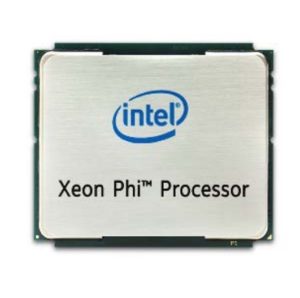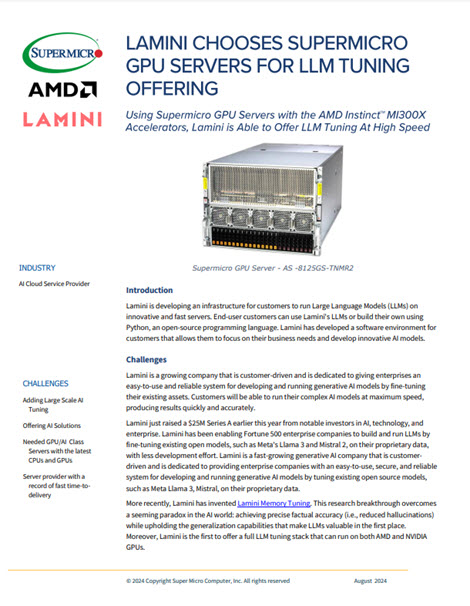Sponsored Post
 The Intel Xeon Phi processor supports different types of memory, and can organize this into three types of memory mode. The new processor from Intel contains two type of memory, MCDRAM and DDR memory. These different memory subsystems are complimentary but can be used in different ways, depending on the application that is being executed.
The Intel Xeon Phi processor supports different types of memory, and can organize this into three types of memory mode. The new processor from Intel contains two type of memory, MCDRAM and DDR memory. These different memory subsystems are complimentary but can be used in different ways, depending on the application that is being executed.
The first, and most familiar is to use the MCDRAM memory as a cache for the DDR memory. The MCDRAM cache in this case is managed by the hardware. In this mode, legacy applications will work just fine and can benefit from the high memory bandwidth of MCDRAM. In the basic case, if information is not found in the MCDRAM, a request is sent to the DDR memory.
Another mode is what is called, Flat mode. In this case, the MCDRAM looks like DDR memory and is presented as such. The MCDRAM memory is mapped into the same address space as the DDR memory and acts the same in terms of reading and writing. However, since the MCDRAM memory is faster, the application will have to explicitly determine which data is best suited to being stored in the MCDRAM. Once the data is stored in MCDRAM, the software will be able to keep that data in the faster memory.
The third mode is called a Hybrid mode, and as the name suggests, will use some of the MCDRAM as a cache, and some of it as flat memory. This is great for applications which can benefit from increased caching as well as take advantage of the higher bandwidth memory. The MCDRAM that is allocated as a cache for the DDR memory will service all of the DDR memory. Using memory in this way will nto require any application changes.
It is important to note that the MCDRAM memory current capacity is 16 GB while the DDR memory capacity is 450 GB. Also, the MCDRAM bandwidth is up to 450 GB/sec , while the DDR bandwidth is 90 GB/sec.
By using these two types of memory in the same system gives flexibility to the overall system and will show an increase in performance for almost any application.
Transform Data into Opportunity Accelerate analysis: Intel® Data Analytics Acceleration Library.



